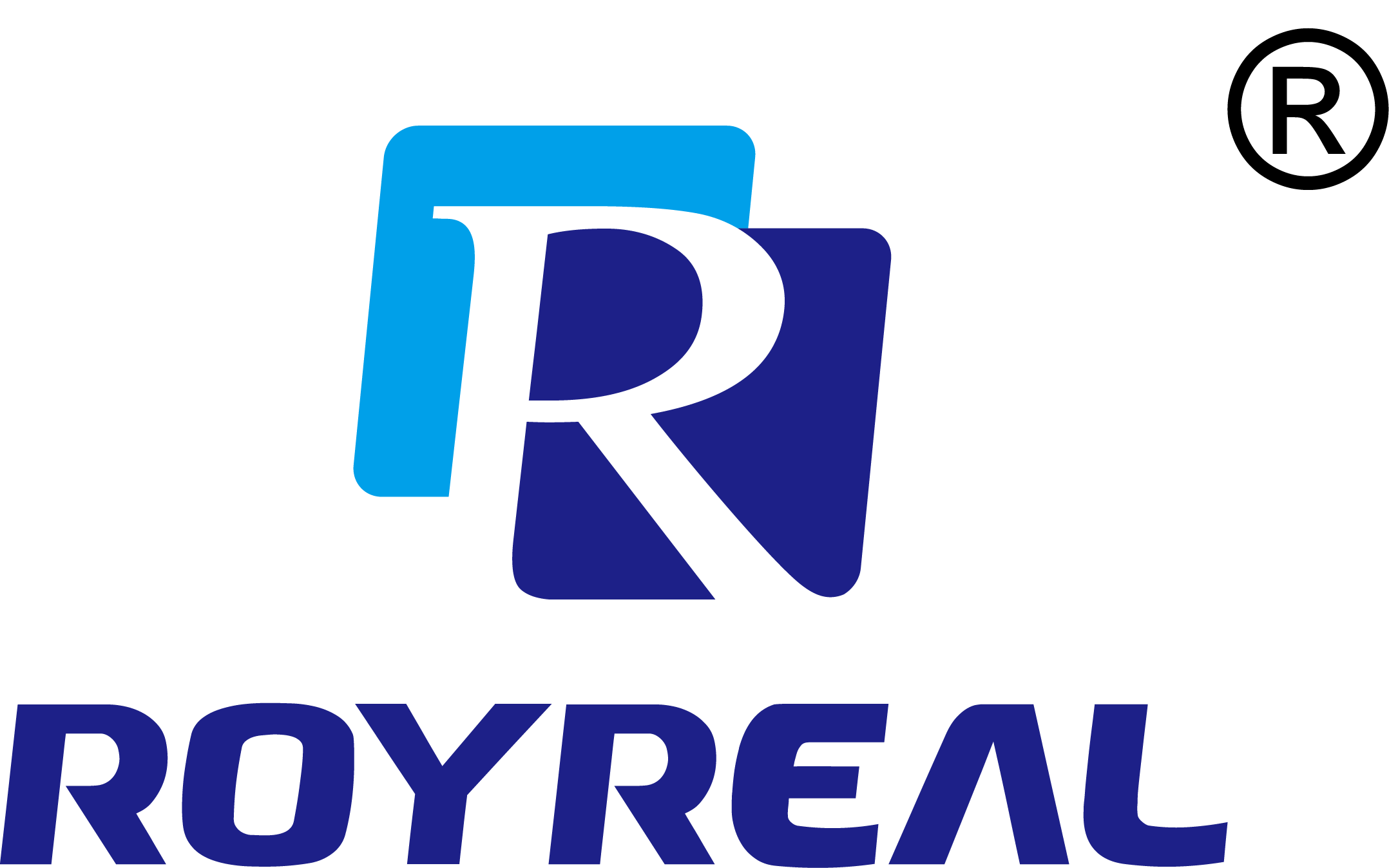Future-Ready Technology: Wet Gas Flow Meter Trends Shaping the Industry
Category: Industry News
Time:2024-12-09
Future-Ready Technology: Wet Gas Flow Meter Trends Shaping the Industry
Table of Contents
- 1. Introduction to Wet Gas Flow Meters
- 2. Importance of Accurate Flow Measurement
- 3. Technological Advancements in Wet Gas Flow Meters
- 4. Key Applications of Wet Gas Flow Meters
- 5. Emerging Trends in Wet Gas Flow Measurement
- 6. Challenges Facing the Industry
- 7. The Future of Wet Gas Flow Meter Technology
- 8. Conclusion
- 9. Frequently Asked Questions
1. Introduction to Wet Gas Flow Meters
Wet gas flow meters play an essential role in the measurement of both gas and liquid in various industrial applications, particularly in the oil and gas, chemical, and water industries. As the demand for precision in flow measurement increases, the technology behind these instruments evolves rapidly. Understanding these advancements is crucial for industry professionals seeking to maintain competitive advantages.
2. Importance of Accurate Flow Measurement
Accurate flow measurement remains a cornerstone for operational efficiency and safety in many industries. It directly impacts resource management, cost-effectiveness, and regulatory compliance. Inaccuracies in flow measurement can lead to significant financial losses and environmental hazards. Therefore, investing in advanced wet gas flow meter technology has become imperative for companies looking to thrive in a competitive market.
3. Technological Advancements in Wet Gas Flow Meters
The evolution of wet gas flow meters has been marked by notable advancements in technology, enhancing the accuracy, reliability, and efficiency of measurements.
3.1 Smart Sensors and IoT Integration
The rise of smart sensors integrated with the Internet of Things (IoT) has transformed the landscape of wet gas flow measurement. These sensors collect and transmit real-time data to centralized systems, enabling operators to monitor processes remotely. This innovation significantly reduces downtime and allows for predictive maintenance, thus increasing overall productivity.
3.2 Advanced Materials and Design
Modern wet gas flow meters utilize advanced materials that ensure durability and reliability in harsh environments. Innovations in design have led to more compact, lightweight meters that are easier to install and maintain. Manufacturers are now focusing on creating designs that minimize pressure loss and enhance measurement accuracy, further improving the performance of these critical instruments.
4. Key Applications of Wet Gas Flow Meters
Wet gas flow meters are utilized across various sectors, including:
- **Oil and Gas**: Measuring the flow of gas and liquid during extraction and processing.
- **Chemical**: Ensuring accurate measurement of reactants and products in chemical processes.
- **Water Utilities**: Monitoring flow rates in municipal water supply systems and wastewater management.
Each application demands specific performance characteristics from flow meters, driving the need for tailored solutions.
5. Emerging Trends in Wet Gas Flow Measurement
As technology continues to advance, several key trends have emerged in the realm of wet gas flow measurement.
5.1 The Role of Data Analytics
Data analytics is becoming increasingly integral to wet gas flow measurement. By analyzing flow data, companies can gain insights into operational efficiency and identify areas for improvement. Advanced algorithms help in predicting flow patterns and detecting anomalies, enabling quicker response times to potential issues.
5.2 Sustainability and Environmental Considerations
With growing awareness of environmental issues, companies are adopting more sustainable practices. Wet gas flow meters now come designed with energy-efficient features and are increasingly being used to monitor emissions and optimize resource use, aligning with global sustainability goals.
6. Challenges Facing the Industry
Despite the advancements in technology, challenges still exist within the wet gas flow measurement industry. These include:
- **Calibration Issues**: Ensuring the accuracy and reliability of measurements across varying conditions.
- **Cost of Technology**: While advancements provide significant benefits, the initial investment can be substantial.
- **Maintenance and Support**: Keeping up with the maintenance requirements of sophisticated flow meters can be a logistical challenge.
Addressing these challenges is critical to ensuring the continued evolution of wet gas flow measurement technology.
7. The Future of Wet Gas Flow Meter Technology
The future of wet gas flow meters is promising as innovations continue to emerge. We foresee greater integration of AI and machine learning, which will enhance predictive capabilities and improve measurement accuracy. Additionally, developments in wireless technology will facilitate easier installation and monitoring, further streamlining operations.
Furthermore, as industries increasingly prioritize sustainability, flow meters will continue to evolve to meet the need for more energy-efficient and environmentally friendly solutions.
8. Conclusion
Wet gas flow meters are evolving rapidly, driven by technological advancements and changing industry demands. As we continue to navigate through the complexities of accurate flow measurement, understanding these trends is essential for stakeholders across various sectors. By embracing innovations like IoT integration and advanced materials, organizations can enhance their operational efficiency, reduce costs, and contribute to sustainable practices.
9. Frequently Asked Questions
1. What is a wet gas flow meter?
A wet gas flow meter is an instrument designed to measure the flow rates of mixtures of gas and liquid, commonly used in industries such as oil and gas, chemical processing, and water utilities.
2. How does a wet gas flow meter work?
Wet gas flow meters utilize various technologies, such as differential pressure or thermal mass flow measurement, to determine the flow rate of gas and liquid mixtures.
3. What are the advantages of using advanced wet gas flow meters?
Advanced wet gas flow meters offer enhanced accuracy, reliability, and efficiency, as well as features like real-time data transmission and predictive maintenance capabilities.
4. What challenges do wet gas flow meters face in operation?
Challenges include calibration issues, high initial costs, and maintenance requirements that can complicate the use of sophisticated measurement systems.
5. How will future technology impact wet gas flow measurement?
Future technologies, including AI, machine learning, and wireless communication, are expected to further enhance measurement accuracy, improve predictive capabilities, and streamline operations in wet gas flow measurement.
Keywords:
 EN
EN RU
RU SP
SP
